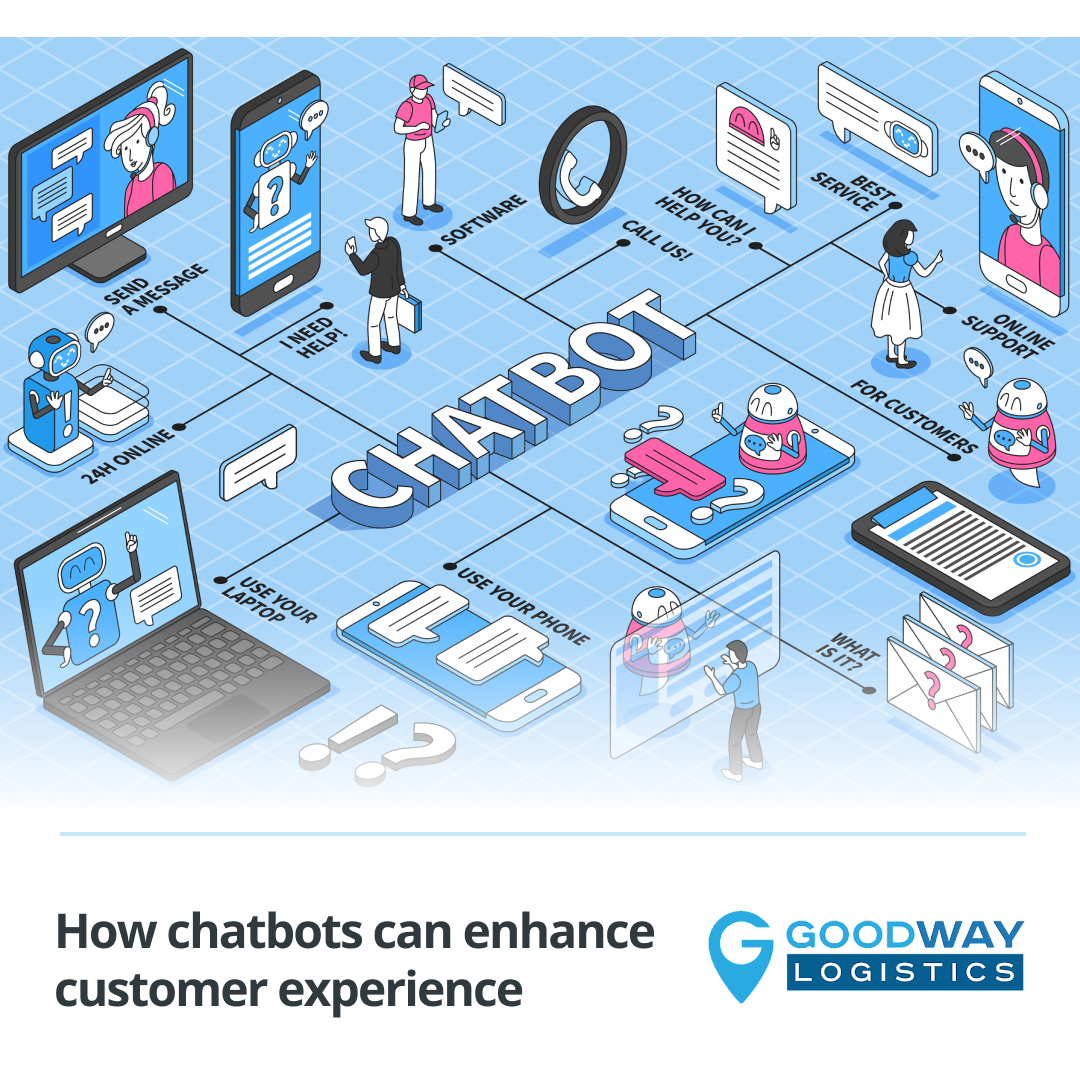In the transportation industry, chatbots have the potential to revolutionize the way trucking companies interact with their customers. With the increasing demand for fast and reliable transportation, customers expect real-time updates on the status of their shipments. Chatbots can provide this information quickly and accurately, improving customer satisfaction and loyalty.
For example, chatbots can provide customers with real-time updates on the location of their shipment, estimated delivery time, and any delays or issues that may arise. This can help customers plan their operations more efficiently and reduce the risk of costly delays.
Furthermore, chatbots can assist with scheduling and logistics, allowing customers to book shipments and track their progress through a single platform. This can reduce the need for manual input and streamline the entire transportation process.
Additionally, chatbots can assist with regulatory compliance, providing customers with up-to-date information on rules and regulations related to transportation. This can help customers avoid costly fines and penalties for non-compliance.
Another potential benefit of chatbots in the trucking industry is their ability to provide predictive analytics. By analyzing historical data, chatbots can provide insights into potential issues or areas for improvement in the transportation process. This can help companies optimize their operations and improve overall efficiency.
In addition to improving customer experience, chatbots can also benefit trucking companies in other ways. For instance, chatbots can help reduce operational costs by automating routine tasks such as scheduling, tracking, and dispatching. This can free up human representatives to focus on more complex tasks, such as resolving customer issues and building relationships with customers.
Moreover, chatbots can help trucking companies gather valuable data on customer behavior, preferences, and needs. This data can be used to develop targeted marketing campaigns and improve overall service quality. For example, if a chatbot receives a high volume of inquiries about a particular service or route, the company can consider expanding or improving that service to better meet customer needs.
However, as with any new technology, there are also potential challenges and limitations to consider. For example, chatbots may struggle with understanding complex or technical inquiries, requiring human intervention. Additionally, the use of chatbots in the transportation industry may require significant investment in technology and infrastructure.
In conclusion, chatbots have the potential to significantly improve the customer experience in the trucking industry. By providing real-time updates, assisting with logistics, and offering predictive analytics, chatbots can streamline operations and improve efficiency. However, it's important for companies to consider the potential challenges and limitations and find the right balance between human and chatbot support.


